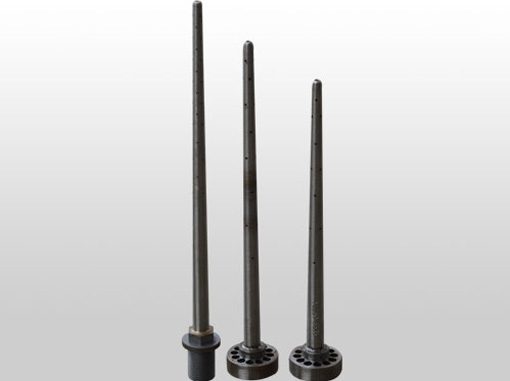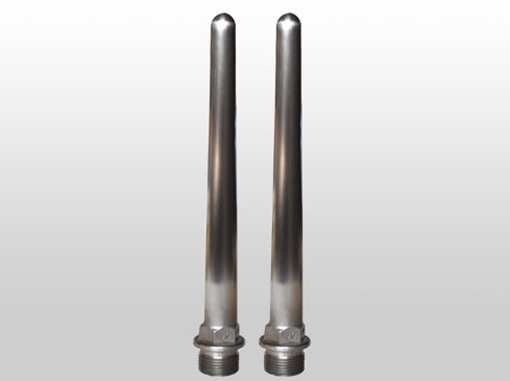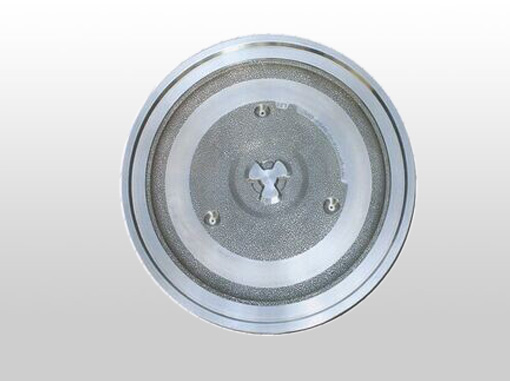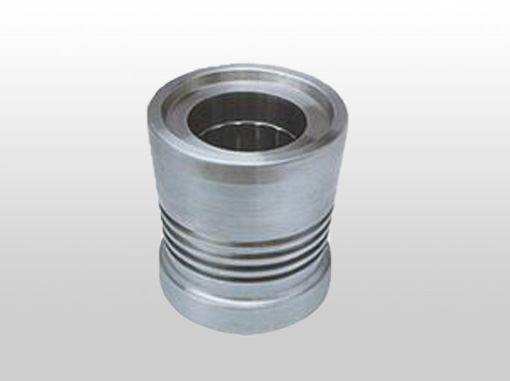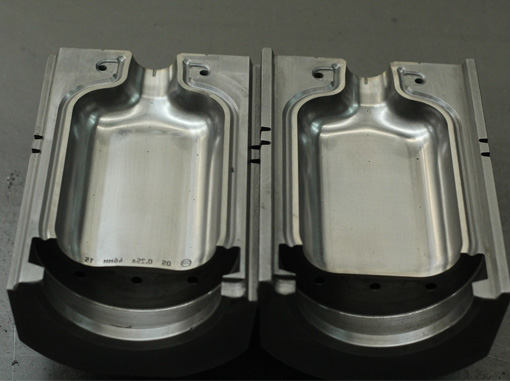Tel:
15231678966 Website:
andymould.com
15231678966 Website:
andymould.com
Requirements for working conditions of mold manufacturing
author:安迪模具 Release time:2015-12-17
1. Wear resistance
When the blank is plastic in the mold cavity, the surface of the cavity flows and slides along the surface of the cavity, causing a sharp friction between the cavity surface and the billet, resulting in the failure of the mold due to wear. So the wearability of the material is one of the most basic and important properties of the mould.
Hardness is the main factor affecting wear resistance. Generally, the higher the hardness of the die parts, the smaller the wear, and the better wear resistance. In addition, wear resistance is also related to the type, quantity, shape, size and distribution of carbide in the material.
2. Strong toughness
The working conditions of the die are very poor, some of them often bear a large impact load, which leads to brittle fracture. In order to prevent the sudden break of mold parts at work, the mold should have high strength and toughness.
The toughness of the mould depends on the carbon content, grain size and the state of the material.
3. Fatigue fracture performance
In the process of mould working, the fatigue fracture is often caused by the long-term effect of cyclic stress. Its form has small energy multiple impact fatigue fracture, tensile fatigue fracture contact fatigue fracture and bending fatigue fracture.
The fatigue fracture performance of molds depends on its strength, toughness, hardness and inclusions in the material.
4. High temperature performance
When the working temperature of the mold is higher, the hardness and strength will decrease, causing the die to wear out or to produce plastic deformation. The mould material should have high anti-tempering stability to ensure that the mould has a high hardness and strength under working temperature.
5. Thermal fatigue resistance
Some mold in the process of work is in a state of repeated heating and cooling, the cavity surface tension, pressure and stress effect, cause surface cracking and spalling, increase the friction, obstacles to plastic deformation, reduces the dimension precision, resulting in the mould failure. Cold and heat fatigue is one of the main forms of thermal die failure.
6. Corrosion resistance
Some mould such as plastic die on the job, as a result of the elements such as chlorine, fluorine plastics, thermal decomposition after precipitation hci, hf, such as strong erosion gas, erosion surface of mould cavity, increasing its surface roughness, aggravate the wear failure.
